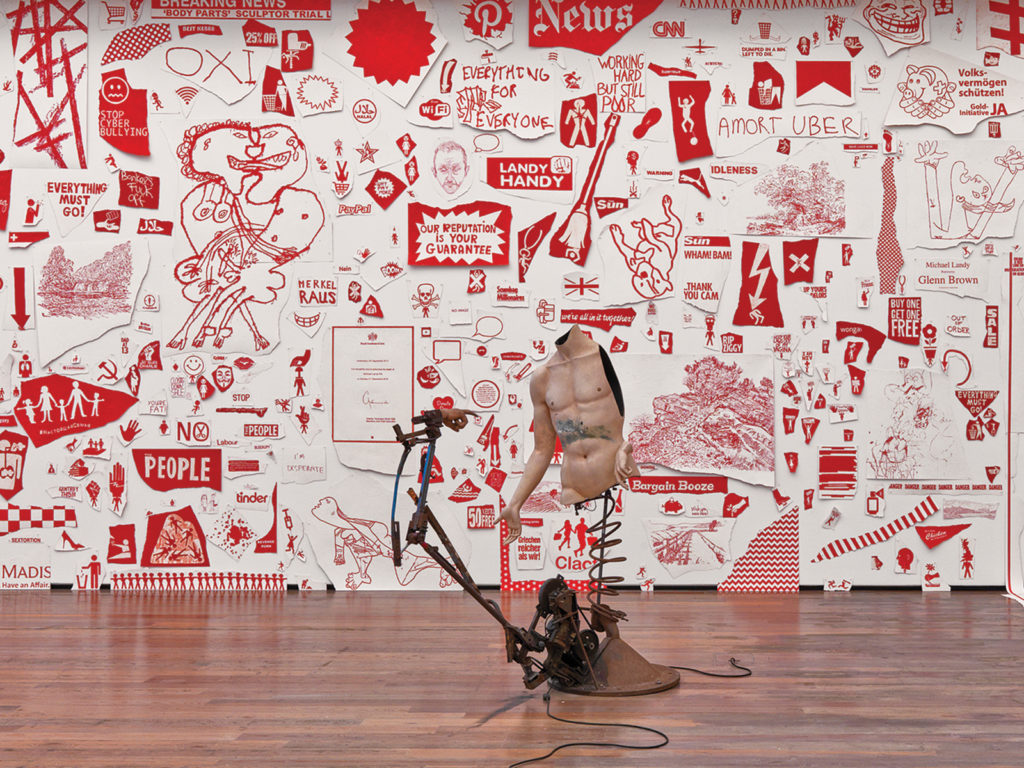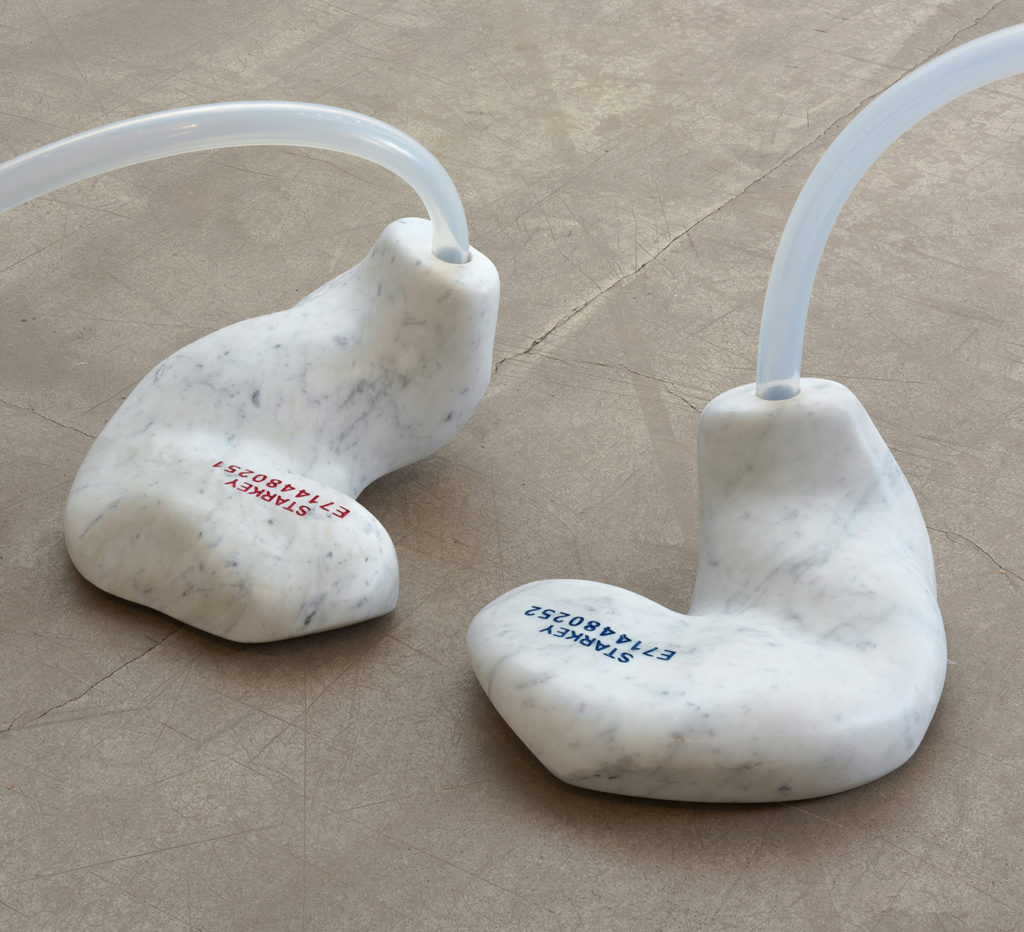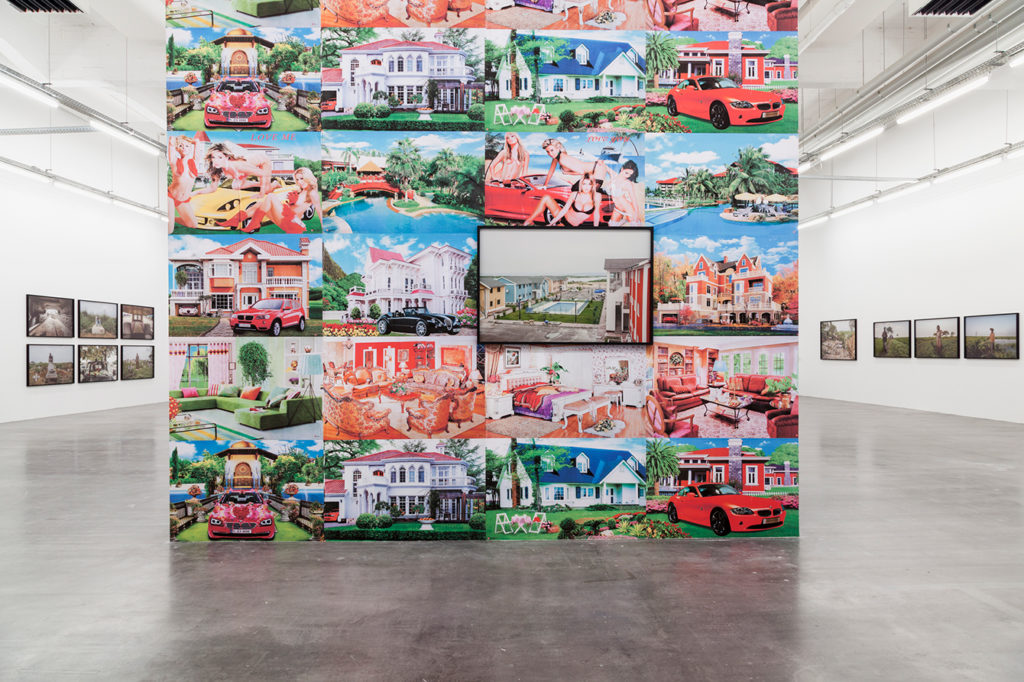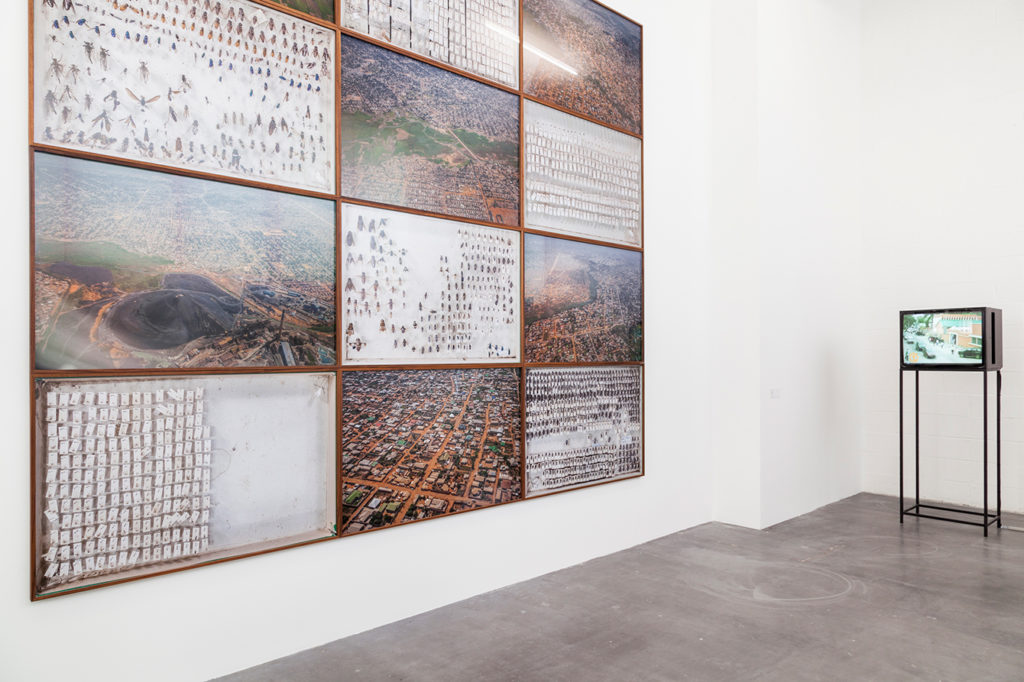Throughout 2017, Toronto’s The Power Plant gallery has dedicated its entire exhibition program to reflect upon Canada’s 150th anniversary. Its winter season invited visitors to consider those who lived before the country’s Confederation in 1867, and summer explored migration and the identities that came to populate the nation today. Now this fall, the contemporary art space investigates how the past and present notion of a country affects our collective future by inviting artists from abroad to present their take on Canadian history.
“Our mandate has always been about inviting international artists to present work in dialogue with their Canadian peers and audiences,” says Gaëtane Verna, the Power Plant’s director. “As such, we decided to invite artists that are addressing pressing issues facing our world today, and which we consider important to discuss today in Canada and beyond.”
The Power Plant has commissioned UK artist Michael Landy—who famously destroyed all 7,226 of his possessions back in 2001 as a radical examination of consumerism—to produce a site-specific artwork based on public submissions using both sides of the gallery’s skylit central corridor known as the Fleck Clerestory.

Over the summer, Landy received text-based images from the community including news headlines, logos, and slogans, and installed them on the Fleck Clerestory’s walls. “Throughout the duration of the exhibition, Landy will continue to receive submissions, allowing the project to grow and evolve,” reveals Verna. The artist’s goal is to capture Toronto’s social and political landscape and offer a space for the reactions and experiences of individuals.
Known for using sculpture, performance, installation, and photography to explore the nuances of communication, London-based Argentinian artist Amalia Pica occupies a neighbouring gallery space. The artist has created cardboard reconstructions of concrete acoustic radars found along the coastlines of Denge, Kent in the UK. Built back in the late 1920s and early 1930s to preempt aerial attacks by detecting incoming sound, these structures now stand as remnants of a dead-end technology.
Pica reactivates them in the context of the Power Plant located at Toronto’s Harbourfront, a downtown neighbourhood enveloped by the sound of airplanes from the adjacent Billy Bishop Toronto City Airport. By making these dated technologies out of cardboard—a material that absorbs sound—Pica highlights the uselessness and short-lived quality of the historic structures, and the constant reinvention and rethinking of communication systems once they fail.

The fall exhibition will also showcase Pica’s past work In Praise of Listening (2016), a series of large-scale floor sculptures in the shape of giant hearing aids made of marble, granite, and soapstone. “This work speaks to the importance of dialogue and listening, in times where the world seems to grow increasingly reluctant or unable to do so,” explains Verna.

The exhibition “Urban Now: City Life in Congo (2016)”, by Congolese photographer Sammy Baloji and Belgian anthropologist Filip De Boeck, starts on the main floor and continues upstairs, completing the fall program. Constructed as a large visual essay consisting of 55 new commissioned photographs and two films, the duo explore different urban sites in the African country of Congo–cities who increasingly reimagine new futures for themselves, yet are punctuated by recurrent breakdown.

“We thought it would be important to also look at the consequences of the colonial past in Africa,” says Verna. “Tis show offers an artistic investigation of what living—and living together—might mean in Congo’s urban worlds, and perhaps prompt a reflection on existing and co-existing in our own world.”
The Power Plant’s fall exhibition season is on view from September 29th until December 31st, 2017, with the Michael Landy exhibit running until May 13th, 2018.
